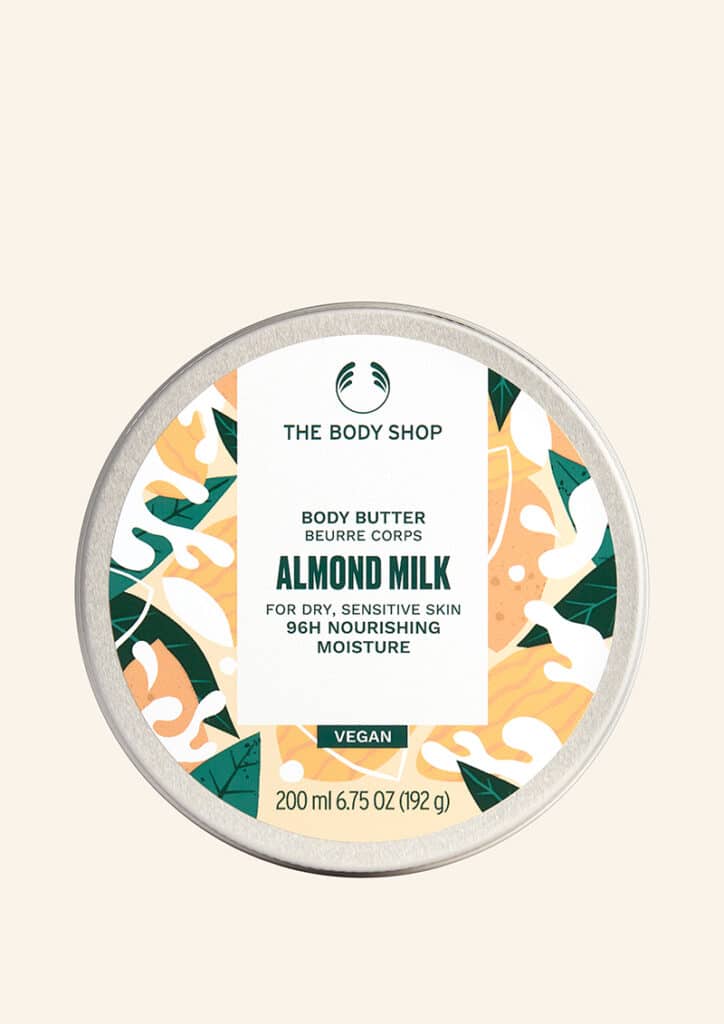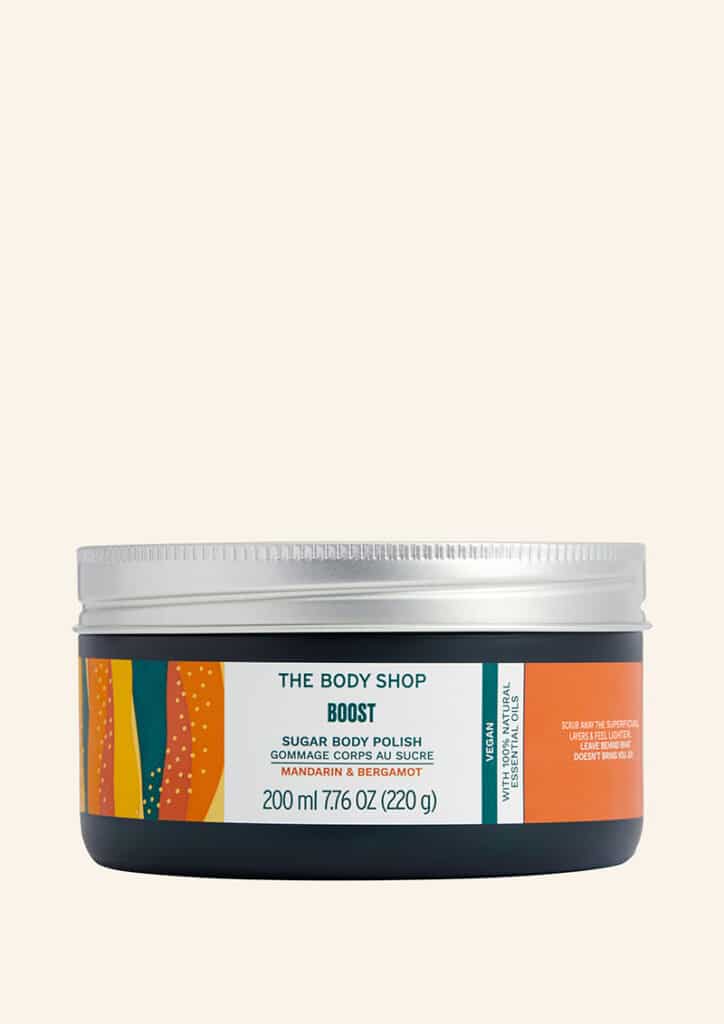Are you ready to delve into the intricate world of skincare by truly understanding your skin type? The first step in achieving a radiant complexion is knowing the unique characteristics and requirements of your skin. From oily and dry to sensitive and combination skin, each type has specific needs that demand specialized care. In this comprehensive guide, we will equip you with the knowledge and insight needed to identify your skin type accurately. Get ready to embark on a journey towards healthier, more glowing skin as we explore the intricacies of understanding and catering to your skin’s individual needs.
Understanding What is Skin Type
Skin type refers to the particular characteristics and behavior of an individual’s skin, largely determined by the amount of sebum produced by the sebaceous glands. Sebum is an oily substance that maintains skin hydration and protects against external elements. However, the quantity and distribution of sebum can vary greatly, influencing skin’s moisture levels, texture, and overall health.
Knowing your skin type is crucial because it influences how your skin reacts to different environmental factors, ingredients in skincare products, and even makeup. It’s the foundational knowledge that helps you make informed decisions about the care and treatment of your skin. Without this understanding, you might use products that could lead to adverse reactions, such as increased dryness, excessive oiliness, irritation, or acne breakouts.
By identifying your skin type, you can tailor your skincare routine to maintain balance, enhance your skin’s natural qualities, and address any specific concerns that are unique to your skin.

Importance of Identifying Your Skin Type
Identifying your skin type is a fundamental step in caring for your skin effectively. Each skin type responds differently to various factors, including climate changes, hormonal fluctuations, and lifestyle choices. When you know your skin type, you can select products and treatments that are more likely to be effective and avoid those that might cause harm or simply not work for you.
For example, dry skin requires hydrating and moisture-retaining ingredients to prevent flakiness and irritation. In contrast, oily skin benefits from oil-free and non-comedogenic products that don’t clog pores. Sensitive skin needs gentle, non-irritating components, while combination skin requires a more strategic approach to balance different areas.
Furthermore, understanding your skin type can save you time, money, and frustration. It helps prevent trial and error with incompatible products, reducing the potential for adverse reactions and improving your overall skincare experience.
By focusing on what your skin truly needs, you can achieve a healthier, more resilient complexion that looks and feels better in the long run.
Recognizing Different Skin Types
Characteristics of Dry Skin
Dry skin is characterized by a lack of natural oils and moisture, which can lead to a tight, uncomfortable feeling, particularly after cleansing. This skin type may appear dull, with a rough or flaky texture, and is prone to irritation and redness. It is also more susceptible to fine lines and wrinkles due to the reduced elasticity caused by dryness.
The causes of dry skin can be varied, including genetic factors, environmental exposure like cold and dry weather, indoor heating, and hot showers, as well as age, which naturally decreases oil production. People with dry skin often find that their skin can become easily inflamed, leading to itching or cracking, and they may have a weakened skin barrier that struggles to protect against external irritants and allergens.
An effective skincare routine for dry skin is centered around replenishing lost moisture and building up the skin’s defense against moisture loss.
Characteristics of Oily Skin
Oily skin is identified by an excess production of sebum, which can lead to a shiny or greasy appearance, primarily in the T-zone (forehead, nose, and chin). This skin type tends to have enlarged, clearly visible pores and is more prone to developing acne, blackheads, and other blemishes due to the likelihood of pores becoming clogged with oil and dead skin cells.
The overproduction of oil can be influenced by hormonal imbalances, stress, humidity, and even the overuse of skin care products that strip the skin of its natural oils, causing it to produce even more sebum in compensation. While it may seem counterintuitive, oily skin still requires hydration; using the right moisturizers can actually help balance oil production.
Despite the challenges oily skin presents, the surplus of natural oils can help keep the skin plump and can potentially slow the appearance of aging, such as fine lines and wrinkles.
Characteristics of Combination Skin
Combination skin is defined by having more than one skin type present on the face at the same time. Typically, individuals with combination skin will experience oiliness in the T-zone, which includes the forehead, nose, and chin, while the cheeks, eyes, and mouth areas may range from normal to dry. This skin type can present a unique challenge, as it requires a versatile skincare approach to address the varying needs.
Managing combination skin involves a balancing act—finding products that can simultaneously control oil production in the T-zone without over-drying the other regions. Pores may appear larger and more prone to clogging in the oily zones, where breakouts are also more common. In contrast, the drier areas may appear dull and can show signs of tightness or flakiness.
A tailored skincare routine is essential for combination skin, often involving using different products or treatments on specific areas of the face to maintain an overall balanced complexion.

Characteristics of Sensitive Skin
Sensitive skin is often reactive to various stimuli that other skin types can tolerate without issue. This skin type can exhibit redness, itching, burning, and dryness in response to certain triggers, which may include environmental factors like sun and wind, certain skincare products, or even dietary influences. Sensitive skin can be challenging to manage because it’s prone to inflammation and can develop rashes or dermatitis more easily than other types.
People with sensitive skin may notice that their skin’s reactions are inconsistent and can vary greatly depending on their current health, stress levels, and exposure to irritants. The skin’s barrier function is usually weaker in sensitive skin types, which means it has a reduced ability to protect itself from harmful agents.
Choosing the right products for sensitive skin is critical, as harsh chemicals, fragrances, and dyes can cause adverse reactions. Gentle, hypoallergenic formulas with soothing ingredients are often recommended to minimize potential irritation and support the skin’s natural defenses.
Characteristics of Normal Skin
Normal skin is well-balanced, neither too oily nor too dry. Referred to as eudermic, it has a regular texture, no severe sensitivities, and a clear, radiant surface with barely visible pores. Normal skin maintains good blood circulation and a smooth, soft appearance without frequent blemishes. It’s also less prone to reactions from skincare products or environmental changes.
Despite its resilient nature, normal skin still requires care to maintain its balance. It can develop dry or oily areas due to seasonal changes, hormonal shifts, or inadequate skincare practices. People with normal skin should still use sunscreen, cleanse regularly, and apply moisturizers to prevent future issues and preserve the skin’s natural health.
While normal skin is the least problematic, it benefits from a consistent skincare routine focused on preserving its natural state. Regular exfoliation can help to maintain its clarity and absorption of skincare products.
How to Determine Your Skin Type
Methods to Identify Your Skin Type
Identifying your skin type can be done through several methods. A straightforward approach is the bare-faced method, where you wash your face with a mild cleanser and pat it dry. After 30 minutes, observe your skin’s quality, looking for signs of oiliness, tightness, or redness, which indicate your skin type.
Another method is the blotting sheet approach. By gently pressing blotting paper on different areas of your face, you can see how much oil is present. The amount of oil absorption can help determine if your skin is oily, dry, or combination.
Consulting with a dermatologist is also a reliable way to ascertain your skin type. They can provide professional analysis and advice, especially if you have skin conditions like eczema or rosacea, which may not fit the typical categories.
Remember, skin type can change over time due to factors like age, hormone levels, and climate, so it’s a good idea to reassess periodically.
DIY Tests for Establishing Skin Type
To establish your skin type at home, you can carry out a few simple DIY tests. The first is the bare-faced method mentioned earlier. After cleansing and waiting for a while, examine your skin in a mirror. If your skin appears shiny on your forehead, nose, and chin, you likely have oily or combination skin. If it feels tight and you notice flakes, your skin type is probably dry.
Another test involves using a clean tissue to dab your face in the morning. The amount of oil absorbed can indicate whether your skin is oily, dry, or combination. If the tissue picks up little to no oil, your skin is likely dry. If it becomes translucent from oil in the T-zone but not elsewhere, you have combination skin. If the tissue is saturated with oil from all over your face, you have oily skin.
These tests provide a straightforward way to understand your skin better and tailor your skincare routine accordingly. However, for complex or sensitive skin conditions, it is always best to seek advice from a professional.
Tailored Skin Care According to Your Type
Dry Skin: Required Care and Recommended Products
For those with dry skin, hydration is paramount. Cleansing should be done with a gentle, hydrating cleanser that doesn’t strip the skin of its natural oils. Moisturizing twice daily with products that contain emollients and humectants like hyaluronic acid and glycerin can help retain moisture. Look for creams and ointments rather than lotions, as they’re typically more effective at preventing moisture loss.
In addition to regular moisturizing, using a weekly hydrating mask can provide an extra moisture boost. It’s also important to protect the skin’s barrier function by using products that contain ceramides and fatty acids.
When it comes to exfoliation, it should be done sparingly—no more than once a week—with a gentle exfoliant to avoid further drying out the skin. Avoid alcohol-based toners and astringents, as they can exacerbate dryness. Lastly, always apply sunscreen to protect against UV rays that can dry and damage the skin further.
Oily Skin: Required Care and Recommended Products
Caring for oily skin involves managing excess sebum while maintaining skin hydration. Start with a gentle foaming cleanser that can remove excess oil without over-drying the skin. Use an alcohol-free toner to help balance the skin’s pH and refine pores without stripping natural moisture.
When choosing moisturizers, opt for oil-free and non-comedogenic formulas that hydrate without clogging pores. Products containing salicylic acid can help control oil and prevent breakouts. Gel-based moisturizers are often preferred for their light texture and ability to absorb quickly.
Exfoliation is crucial for oily skin to prevent the buildup of oil and dead skin cells that can lead to acne. However, limit exfoliation to a few times a week to avoid triggering increased oil production. Always finish with a broad-spectrum sunscreen designed for oily skin, and consider using blotting papers throughout the day to manage shine.
Remember, even oily skin needs hydration, so never skip moisturizer in an attempt to reduce oiliness.

Combination Skin: Required Care and Recommended Products
Combination skin requires a hybrid approach to address both dry and oily areas. Start with a gentle, balanced cleanser that doesn’t strip natural oils but can still effectively remove excess sebum from oily zones. Using a toner can help manage the T-zone’s oiliness without over-drying the cheeks.
When it comes to moisturizing, you might need to use two different products: a lighter, oil-free moisturizer for the T-zone and a richer cream for the cheeks. Alternatively, look for a medium-weight moisturizer that is hydrating but not heavy.
Exfoliation should be targeted; use a gentle exfoliant on the cheeks and a slightly stronger one on the T-zone to help unclog pores. However, be careful not to over-exfoliate, as this can irritate both dry and oily areas.
Finally, always apply a broad-spectrum sunscreen. You may opt for a lightweight formula to avoid greasiness in the T-zone. Remember, the key to managing combination skin is to treat different areas according to their specific needs.
Sensitive Skin: Required Care and Recommended Products
Sensitive skin requires special attention and gentle products to prevent irritation. Cleansers should be sulfate-free and fragrance-free to minimize the risk of reactions. Choose cleansers with calming ingredients like aloe vera or chamomile. Moisturizing is crucial—look for hypoallergenic, fragrance-free moisturizers with soothing components like oatmeal or bisabolol.
It’s essential to avoid harsh exfoliants and opt for mild, non-physical exfoliants, if any. Always perform a patch test before introducing a new product to your routine to ensure it doesn’t cause a reaction.
Products with a minimal ingredient list are often better for sensitive skin. Ingredients like niacinamide can help strengthen the skin’s barrier, and thermal spring water can provide soothing relief.
Sun protection is non-negotiable, but chemical sunscreens might irritate sensitive skin. Mineral sunscreens containing zinc oxide or titanium dioxide are typically less irritating and offer effective protection. Always treat your sensitive skin with the utmost care, avoiding any product or practice that might trigger irritation.
Normal Skin: Required Care and Recommended Products
Normal skin has a balanced level of moisture, oil, and resilience. Despite this balance, it’s still important to follow a consistent skincare routine to maintain skin health. Use a gentle cleanser that doesn’t strip the skin, followed by a lightweight, hydrating moisturizer to help keep the skin’s natural moisture levels consistent.
Exfoliation can be done with a mild exfoliant once or twice a week to clear away dead skin cells and promote cell turnover, keeping the skin looking fresh and radiant. For normal skin, a basic skincare routine is often sufficient, avoiding the need for specialized treatments unless specific issues arise.
Sunscreen is a daily essential for all skin types, including normal skin, to protect against premature aging and damage from UV rays. Look for a broad-spectrum sunscreen that feels comfortable on your skin and doesn’t leave a white cast.
With normal skin, the focus should be on maintaining its natural state and preventing potential skin issues through regular cleansing, moisturizing, and protection from the sun.
Conclusion: Love and Nurture Your Skin
Embrace Your Natural Skin Type
Embracing your natural skin type is the first step towards a nurturing skincare routine that can lead to a healthier and more radiant complexion. It’s important to accept your skin’s inherent characteristics and understand that each skin type has its unique benefits and challenges. Instead of striving for a different skin type, focus on enhancing the health and appearance of your own.
To truly embrace your skin, educate yourself on what your skin needs and doesn’t need. Avoid the temptation to follow every new skincare trend, as not all will be suitable for your skin type. Remember that the goal is not to achieve perfection but to provide your skin with the support it needs to function at its best.
Love your skin by choosing products and routines that honor its natural state. With time and consistent care, you can optimize the health of your skin and take pride in its natural beauty.
Tips for Maintaining Healthy Skin
Maintaining healthy skin goes beyond just understanding your skin type; it includes lifestyle habits that promote overall skin health. Hydration is key, so drink plenty of water throughout the day to support your skin’s moisture balance. A balanced diet rich in vitamins, minerals, and antioxidants can help nourish the skin from the inside out. Don’t forget to incorporate healthy fats like omega-3s, which can improve your skin’s elasticity and barrier function.
Sleep is another critical factor—aim for 7-9 hours per night to allow your skin to repair and regenerate. Manage stress through activities like yoga, meditation, or even simple breathing exercises, as high stress levels can negatively impact your skin.
Always remove makeup before bed to prevent clogged pores and breakouts. And, of course, protect your skin from sun damage by applying a broad-spectrum sunscreen every day, even when it’s cloudy.
By following these tips and tailoring your skincare routine to your specific needs, you can maintain healthy, vibrant skin for years to come.



![How Virtual and Augmented Reality will Influence Decision-Making [Infographic] | Guided Selling](https://www.guided-selling.org/wp-content/uploads/2016/06/generate_images_for_my_blog_post_post_title_is_-6.jpg)
